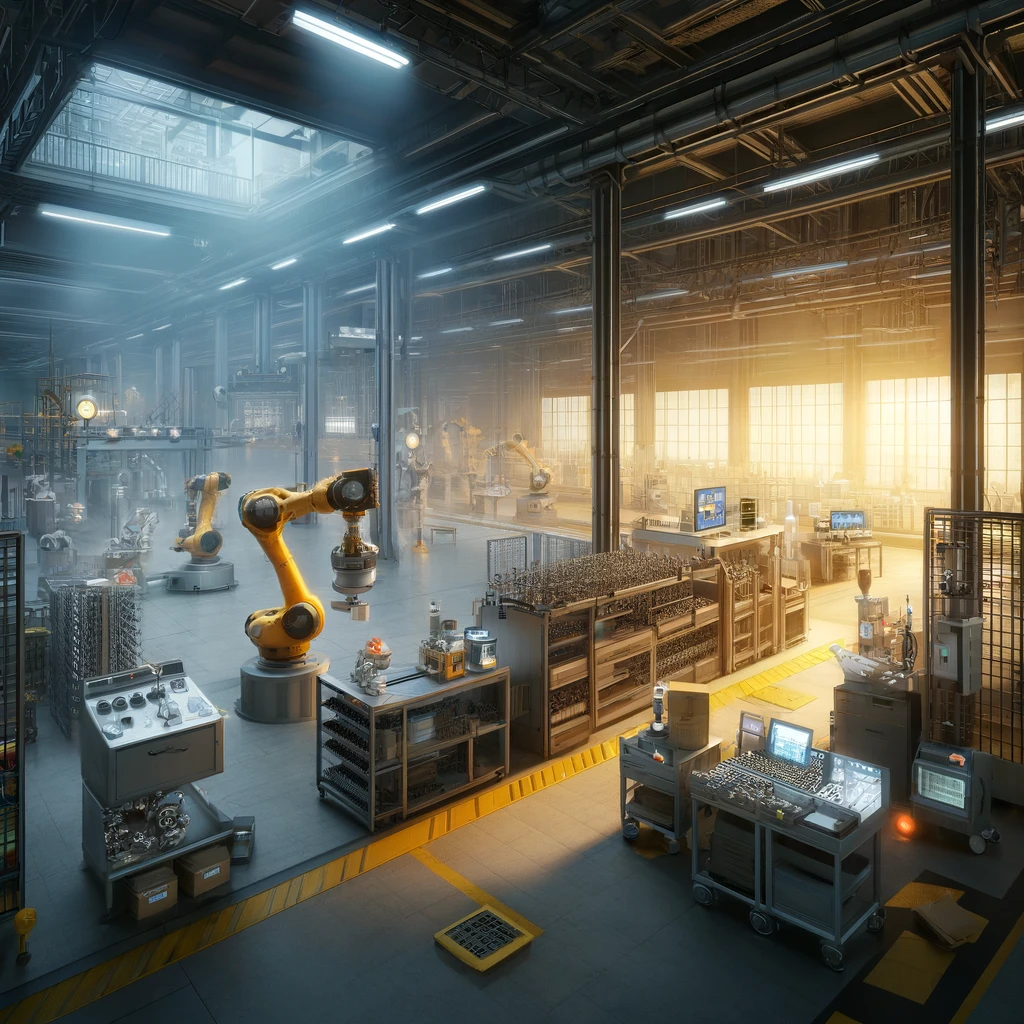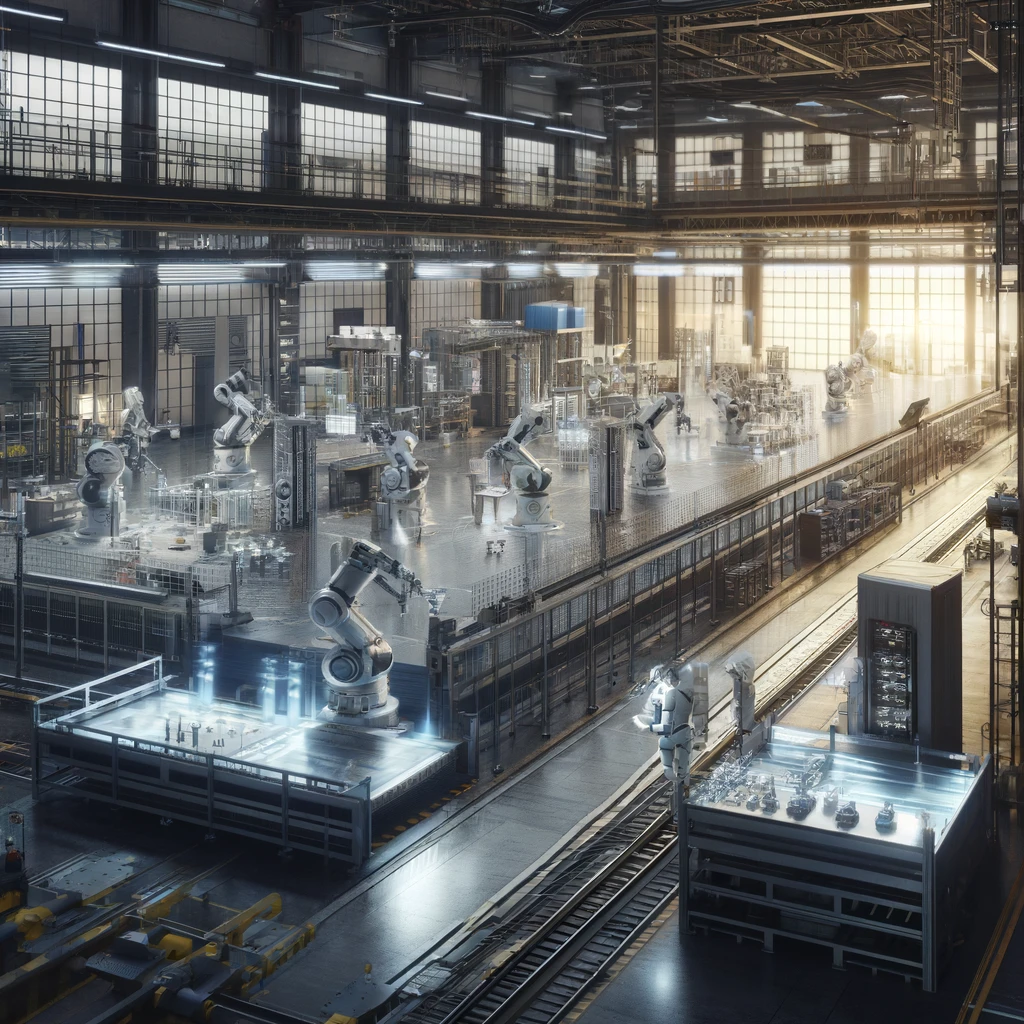Introduction
In an era where technology intersects with creativity, Viga ET stands at the forefront of a transformative journey, bridging the gap between computer graphics and robotics. While Viga ET has not yet ventured into manufacturing robotics technologies, our extensive expertise in computer graphics provides a fertile ground for potential advancements in robotic foundation models. This blog post delves deeper into how our capabilities can enhance robotic development, offering a glimpse into the future of robotics through the lens of advanced computer graphics.

1. The Intersection of Computer Graphics and Robotic Foundation Models
Robotic foundation models represent a new frontier in robotics, aiming to provide a versatile base from which numerous robotic functions can be developed. Similar to the foundation models in AI that have transformed natural language processing, these models could revolutionize robotics by providing a shared starting point for diverse applications. Viga's computer graphics expertise uniquely positions us to contribute to these foundation models. By creating detailed, high-fidelity simulations, we offer a toolset for developing and refining the cognitive functions of robots in ways previously confined to theory.
2. Synthetic Data: The Backbone of Robotic Training
One of the most pressing issues in robotics is the scarcity of diverse and comprehensive datasets for training sophisticated AI models. Using our advanced computer graphics capabilities, Viga can address this gap by generating synthetic data. For instance, consider a robotic system designed to navigate complex urban environments. Viga can create varied urban scenarios—ranging from crowded cityscapes to rare weather conditions—allowing robots to train in rich, diverse settings that mimic real-world unpredictability. This exposure is invaluable, as it equips robots to handle unexpected situations effectively, enhancing their adaptability and reliability.

3. Practical Applications of Enhanced Perception and Interaction
Our advanced rendering techniques can significantly enhance robotic perception systems. For example, in industrial robotics, Viga can simulate factory settings with varying light conditions and occlusions, helping robots improve their object recognition capabilities under different operational conditions. This is crucial for tasks such as automated quality control, where precise visual accuracy is paramount. By training in these graphically rich, simulated environments, robots can better understand their tasks and environments, leading to fewer errors and higher efficiency in real-world operations.
4. Vision-Language Models and Their Impact on Robotic Intelligence
Vision-language models integrate visual data with linguistic context and can be dramatically enhanced using Viga's computer graphics. These models are crucial for tasks where robots interact with objects and humans. For example, in a healthcare setting, a robot might need to identify medical tools and understand verbal instructions during a surgical procedure. Viga can create detailed simulations of operating rooms equipped with various medical tools and scenarios, training robots to recognize and respond to complex commands and visual cues, thus ensuring higher precision and safety.

5. Extending the Reach of Reinforcement Learning Through Simulation
Reinforcement learning, where robots learn optimal behaviours through trial and error, can be supercharged using Viga's simulations. Imagine a disaster-response robot that needs to operate in hazardous environments. Viga can simulate such environments with realistic challenges and obstacles, allowing the robot to learn navigation and rescue strategies safely. These simulations can incorporate dynamic elements such as changing weather conditions and collapsing structures, providing a comprehensive training ground that prepares robots for real-life emergencies.


Collaborative Opportunities with Viga
Viga is eager to collaborate with industry leaders, researchers, and technology innovators to explore and expand the possibilities at the intersection of computer graphics and robotics. You can leverage our graphical simulation capabilities to develop more intelligent, adaptable, and capable robotic systems by partnering with us. Together, we can transform theoretical possibilities into practical realities, driving forward the boundaries of what robots can achieve.
At Viga, we are passionate about the potential of the confluence of computer graphics and robotics. Our expertise in creating detailed, dynamic simulations presents a unique opportunity to contribute to developing robotic foundation models. We invite you to join us in this exciting venture—to explore, innovate, and revolutionize the field of robotics. Let's create a future where robots are tools and partners in shaping a better world.
Contact Us
Please reach out if you want to learn more about our capabilities or discuss potential collaborations. We are excited to explore how our expertise can help you achieve your robotic development goals.



Comments